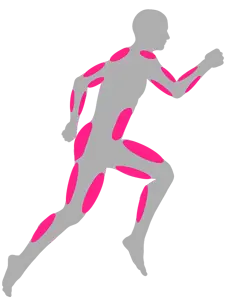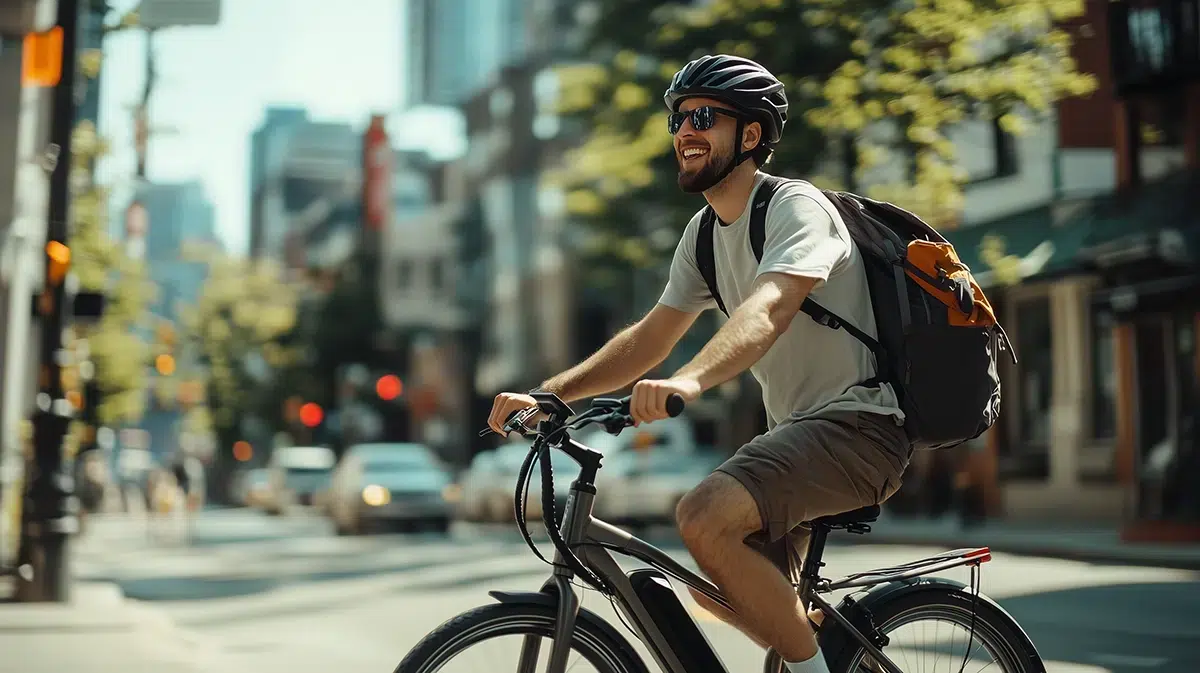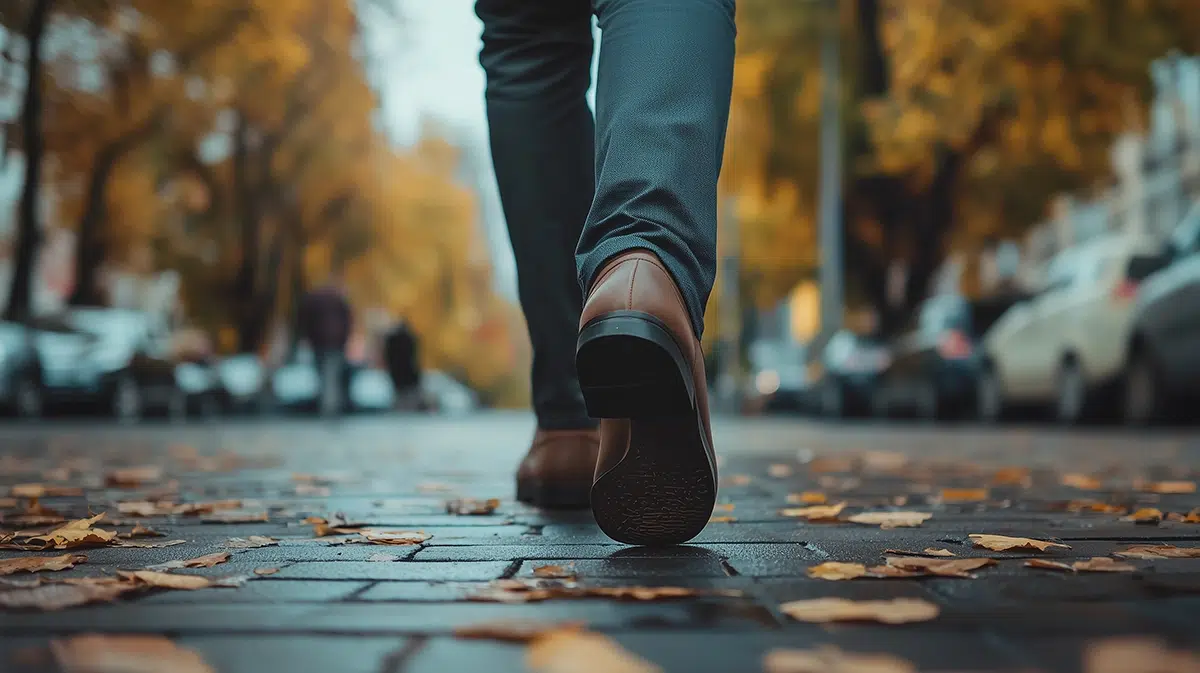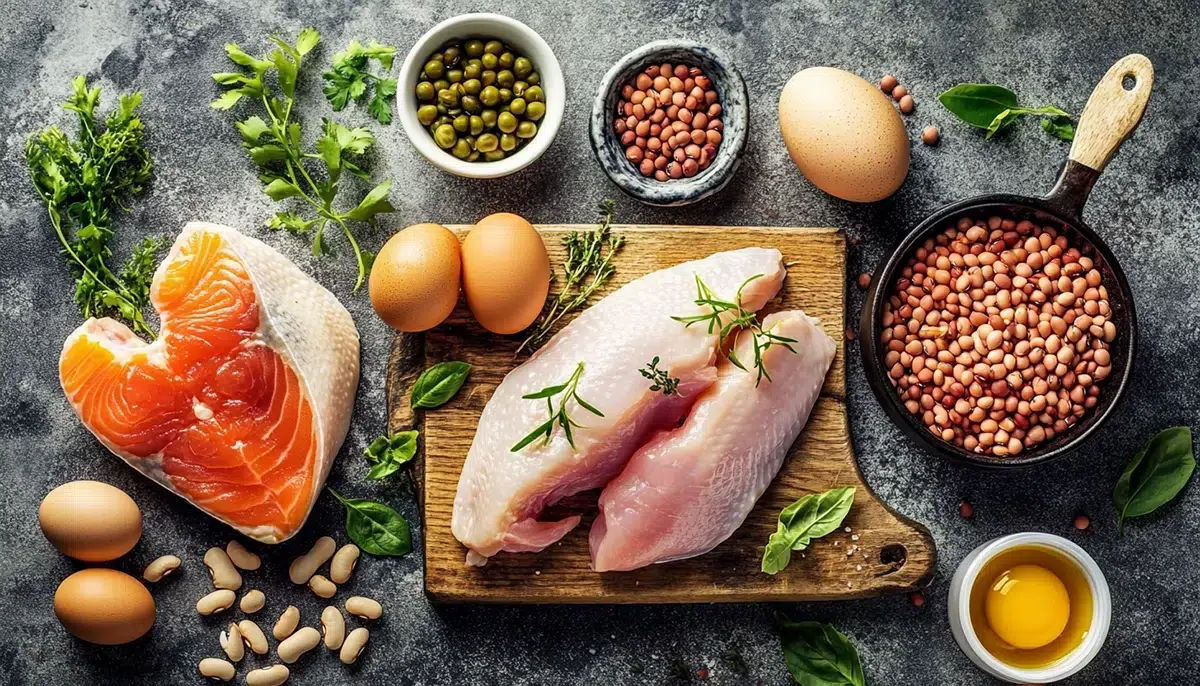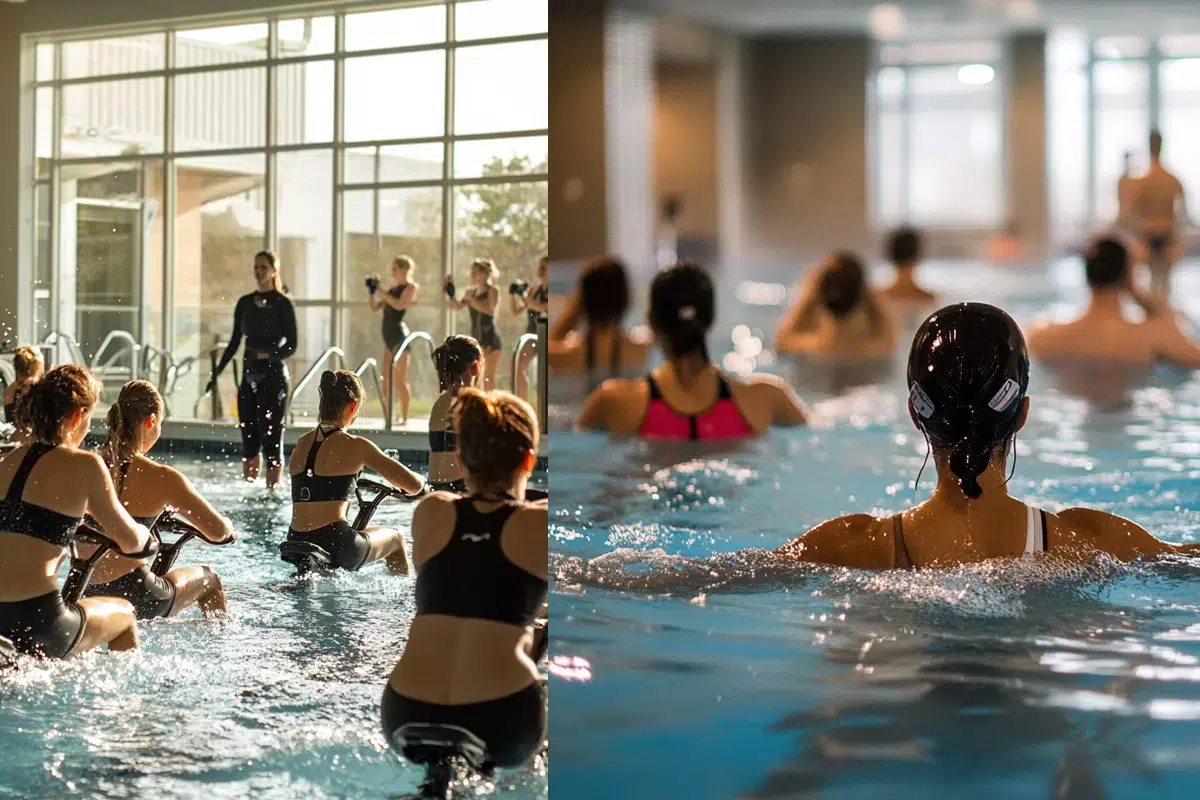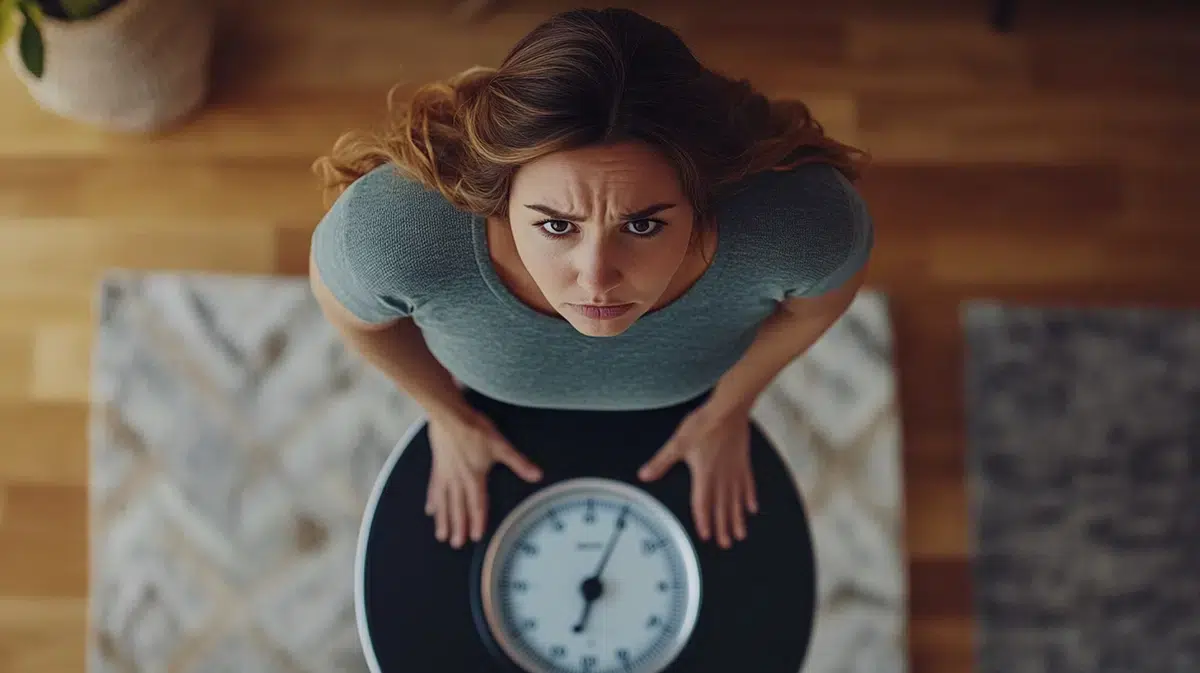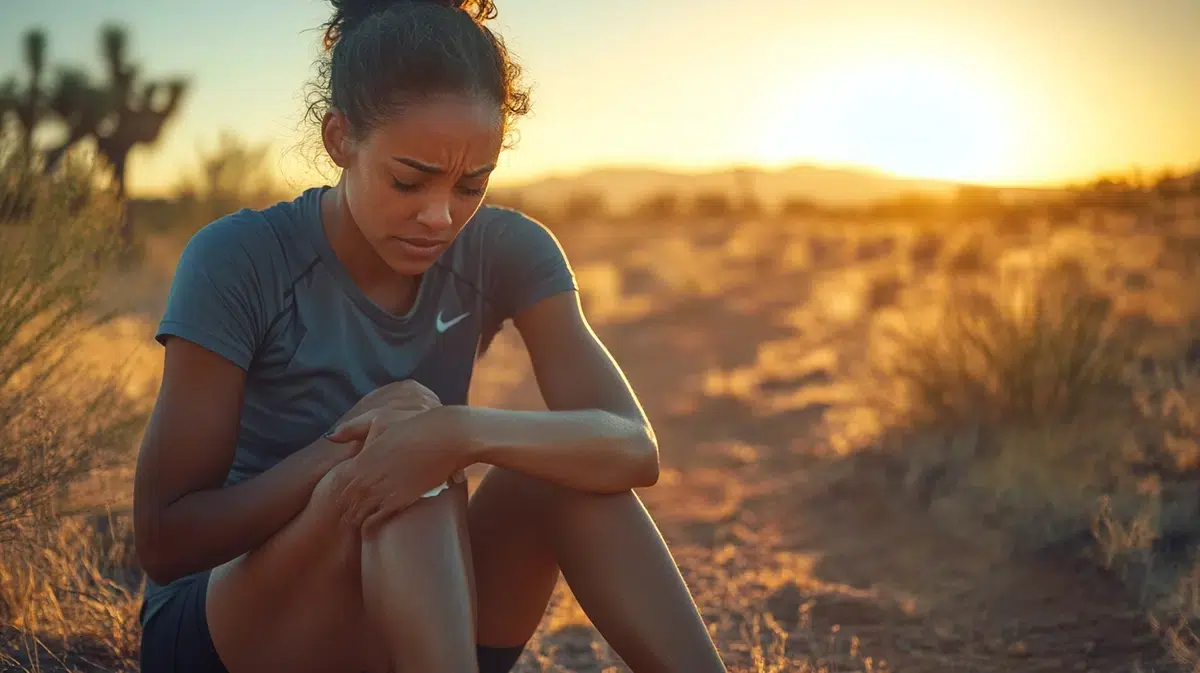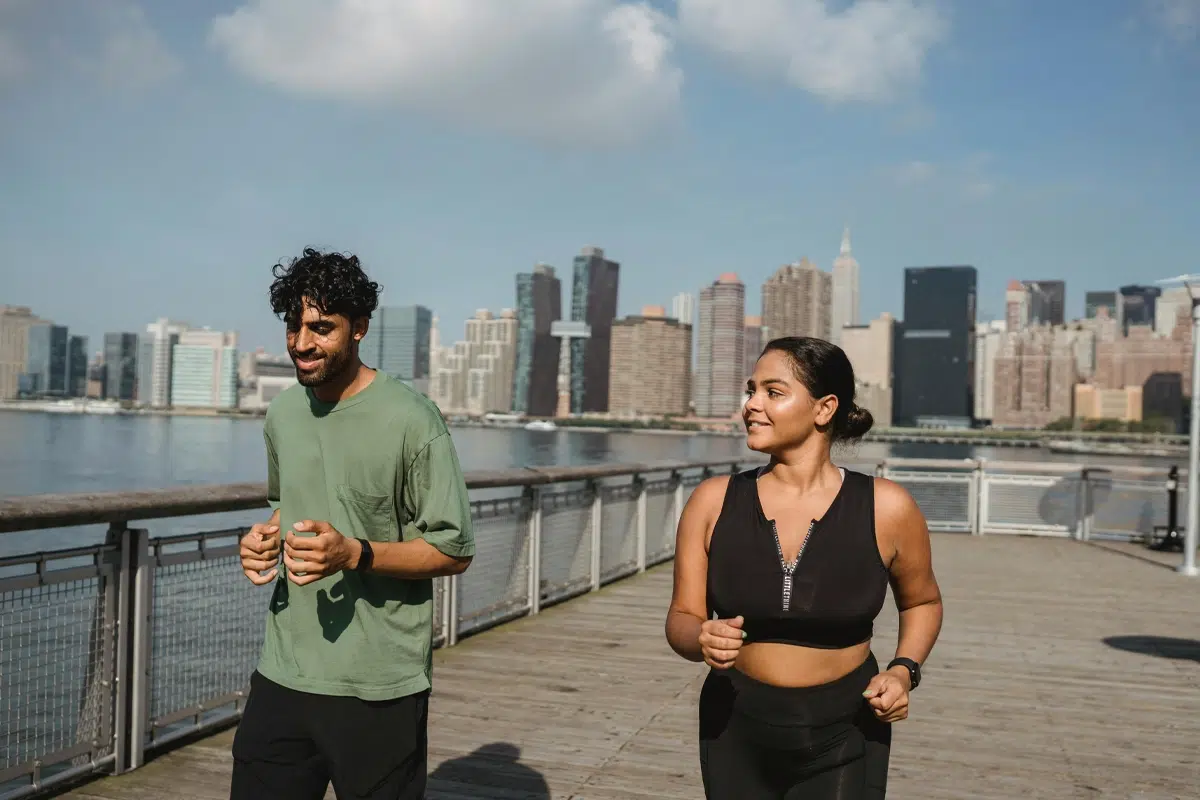Show summary Hide summary
Which muscle group are we activating when running on a treadmill?
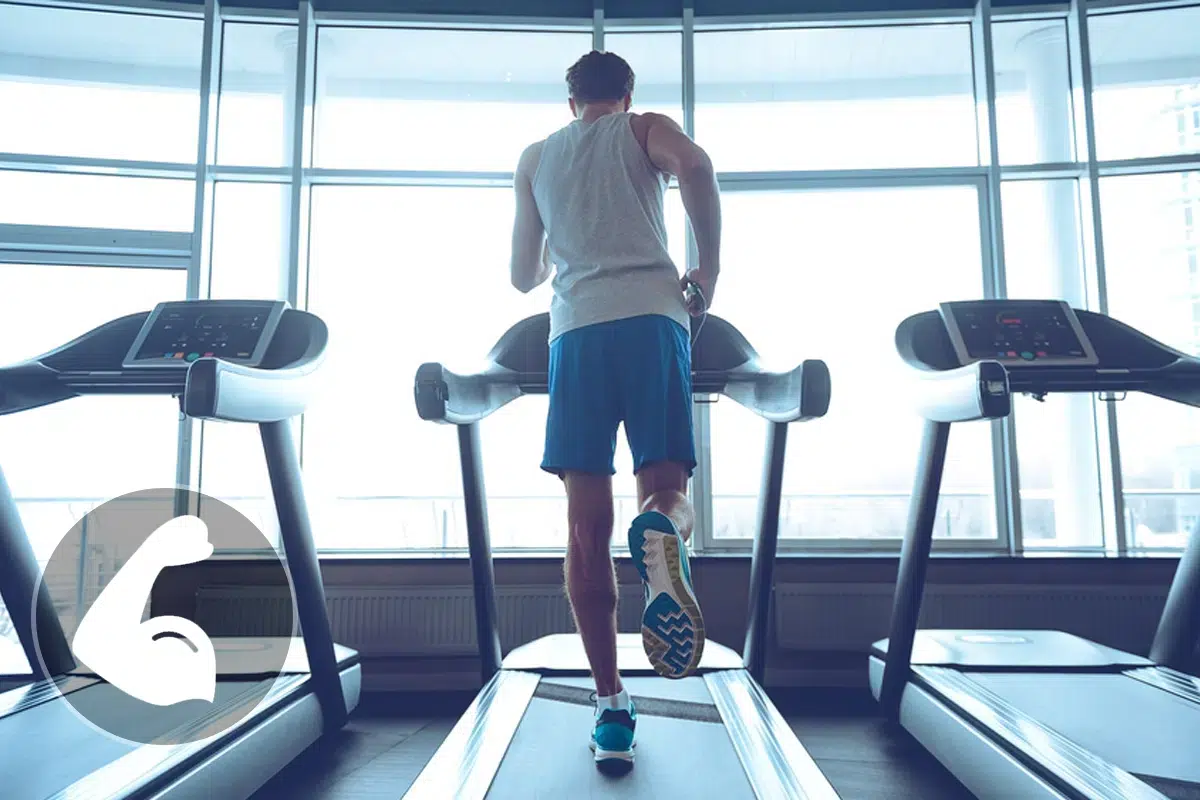
Everything you need to know about treadmills
What muscles does running on a treadmill work? What parts of the body are engaged and toned when running on a treadmill? Use the tool below to see the list of all the body parts that are used when running on a treadmill!
Running on a treadmill for fitness and strength building
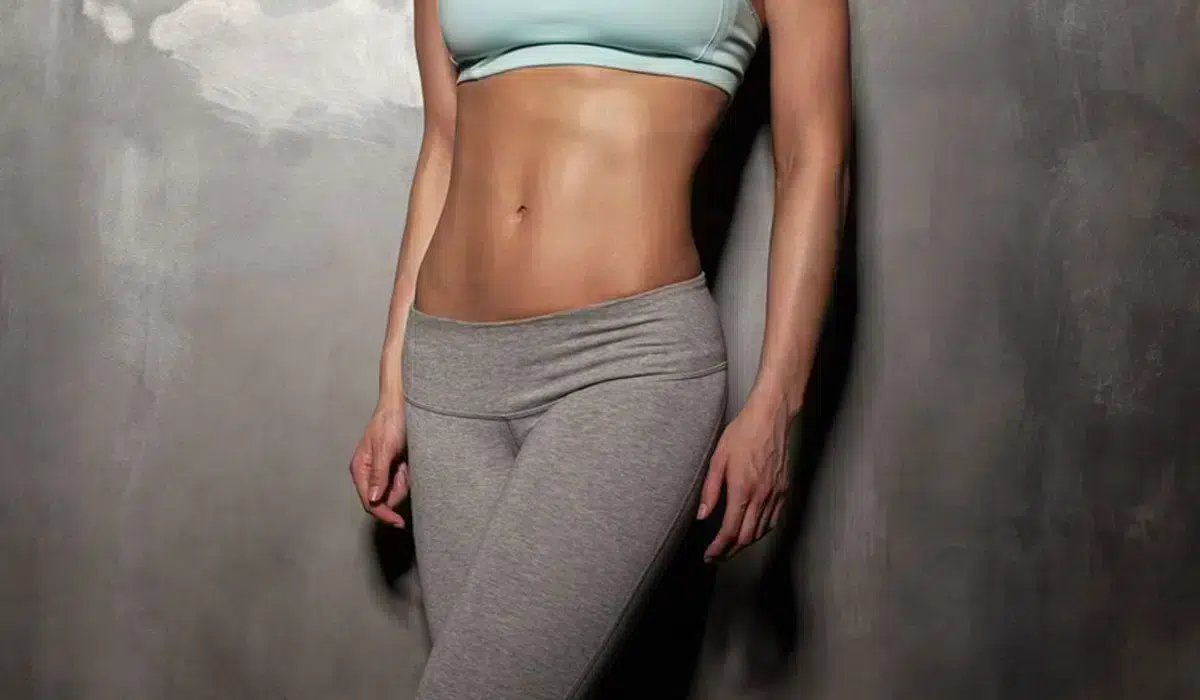
What muscles are we training when running on a treadmill?
Depending on the sport you do, certain areas of the body will be worked harder than others, but what about when you use the treadmill? Will you tone and refine your figure on the treadmill? Below is a list of the muscles and muscle groups strengthened and sculpted by the treadmill!
Upper limbs (shoulders, arms and forearms)
The treadmill does very little to strengthen the arms and shoulders.
Trunk and pelvis (Chest, stomach and back)
- Abdominals: These are made up of several layers of muscle(rectus abdominis, external oblique, internal oblique, transverse) whose function is to flex and rotate the trunk.
- The muscles of the back: The back groups together more muscles such as the trapezius, the dorsalis major, the rhomboids, the infraspinatus and the round muscle. These muscles play a variety of roles. From the dorsal to the lumbar muscles, they ensure the mobility of the arms and shoulder, maintain posture and protect the spine.
Lower limbs (buttocks, thighs and calves)
- Buttocks: Located at the intersection of the lower limbs and the trunk, the gluteal muscles(gluteus maximus, gluteus medius and gluteus minimus) are among the largest and most powerful muscles in the body. In particular, they provide mobility for the thigh and support for the pelvis.
- The quadriceps: These are located at the front of the thigh. The quadriceps are each made up of 4 muscles (the vastus femoris or rectus femoris, the vastus lateralis, the vastus medialis and the vastus intermedius). These muscles facilitate flexion of the thigh on the hip and extension of the leg on the thigh.
- The hamstring muscles: Located on the back of the thigh, there are four of these muscles(biceps femoris, semitendinosus and semitendinosus). They ensure flexion of the leg and extension of the thigh.
- Calf muscles: Also known as the sural triceps, the calf muscles are made up of 3 muscle groups, including the soleus and the gastrocnemius. These muscles help to extend the foot down the leg
The treadmill is an intense sport that mainly works the lower limbs, particularly the glutes, thighs (quadriceps, hamstrings) and calves. Keeping your torso steady during your strides helps to keep your stomach and abdominal muscles toned. The arms, deltoids, biceps and lats are also worked, but to a lesser extent during the swinging movements of the arms.
Everything you need to know about treadmills
What muscles are used in different sports?
All sports in detail!




